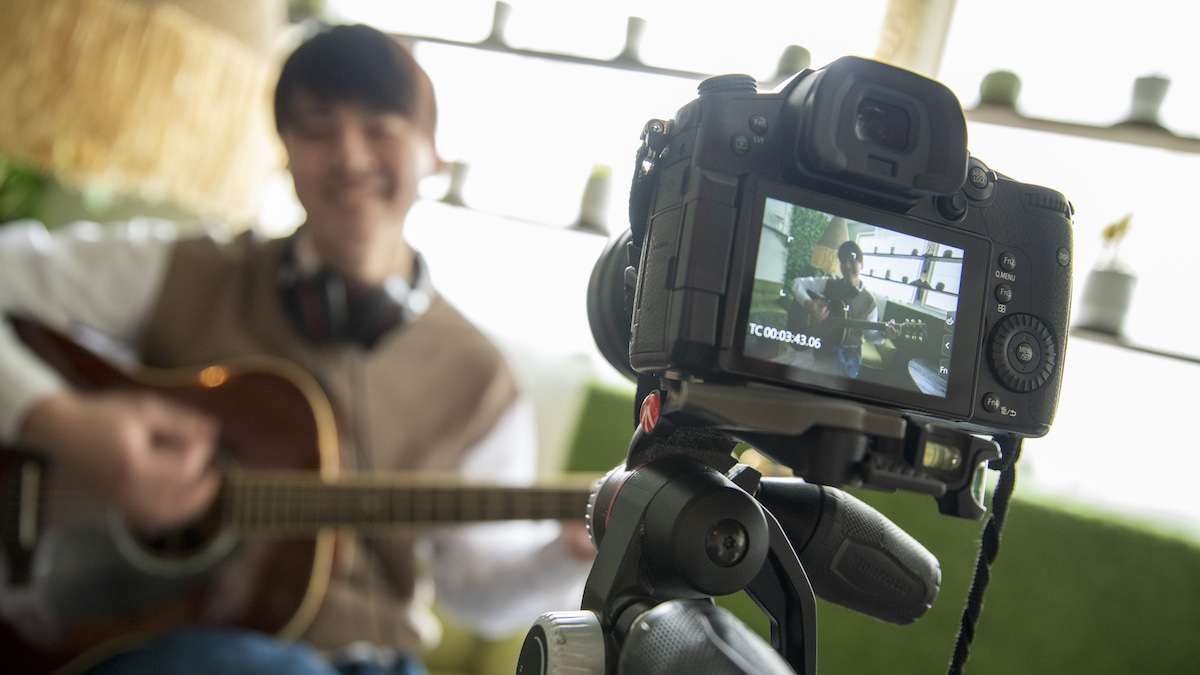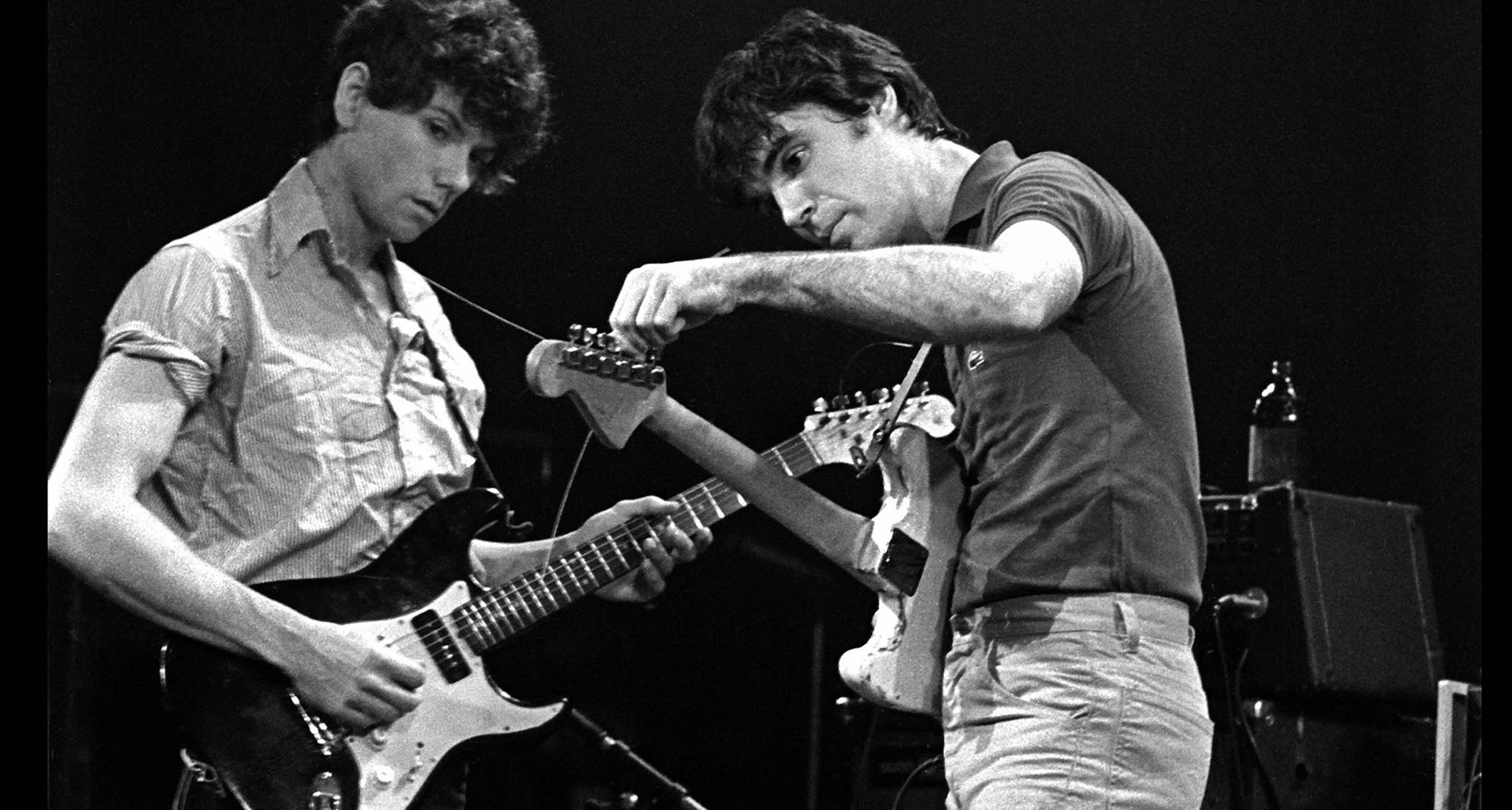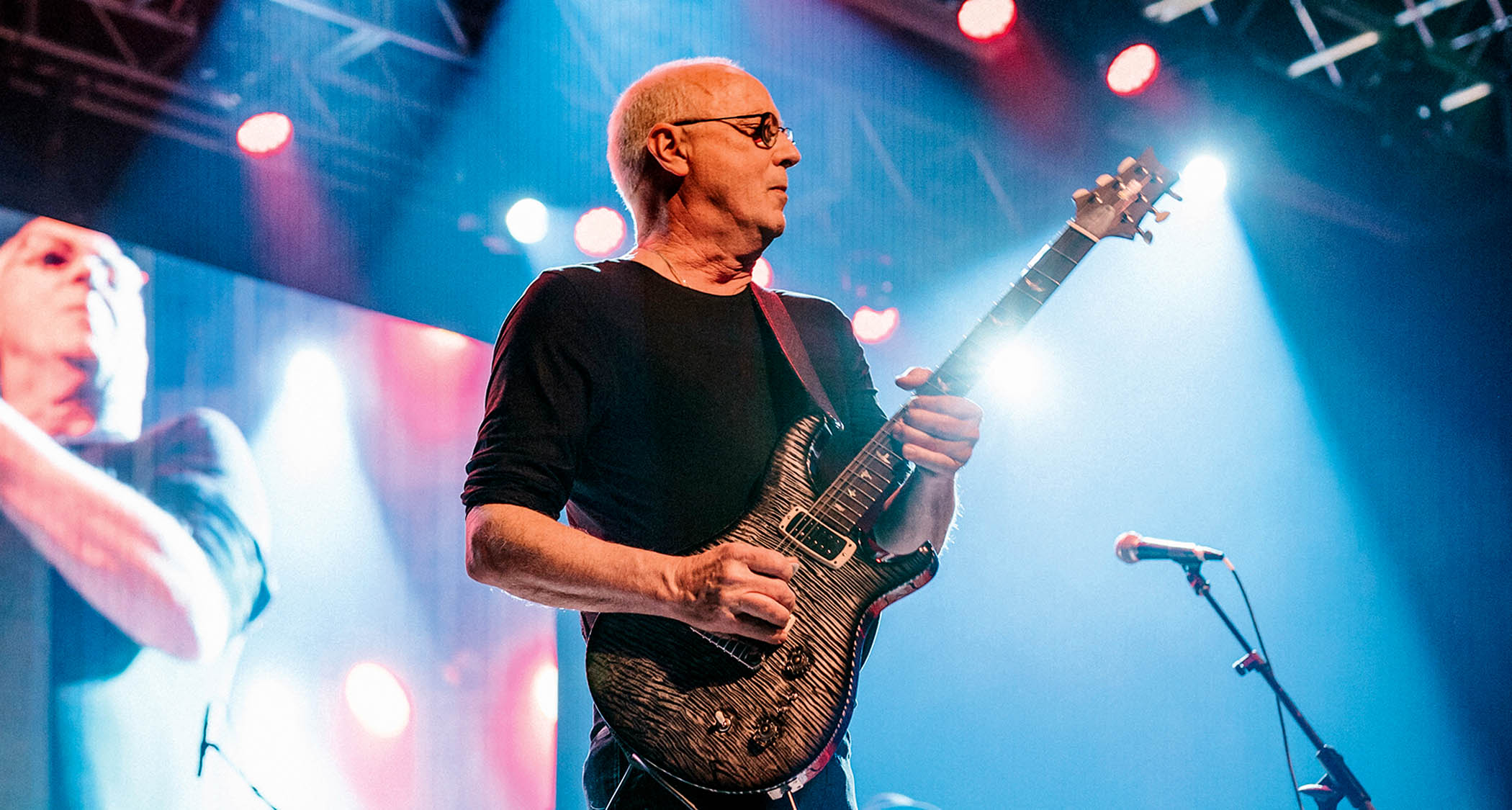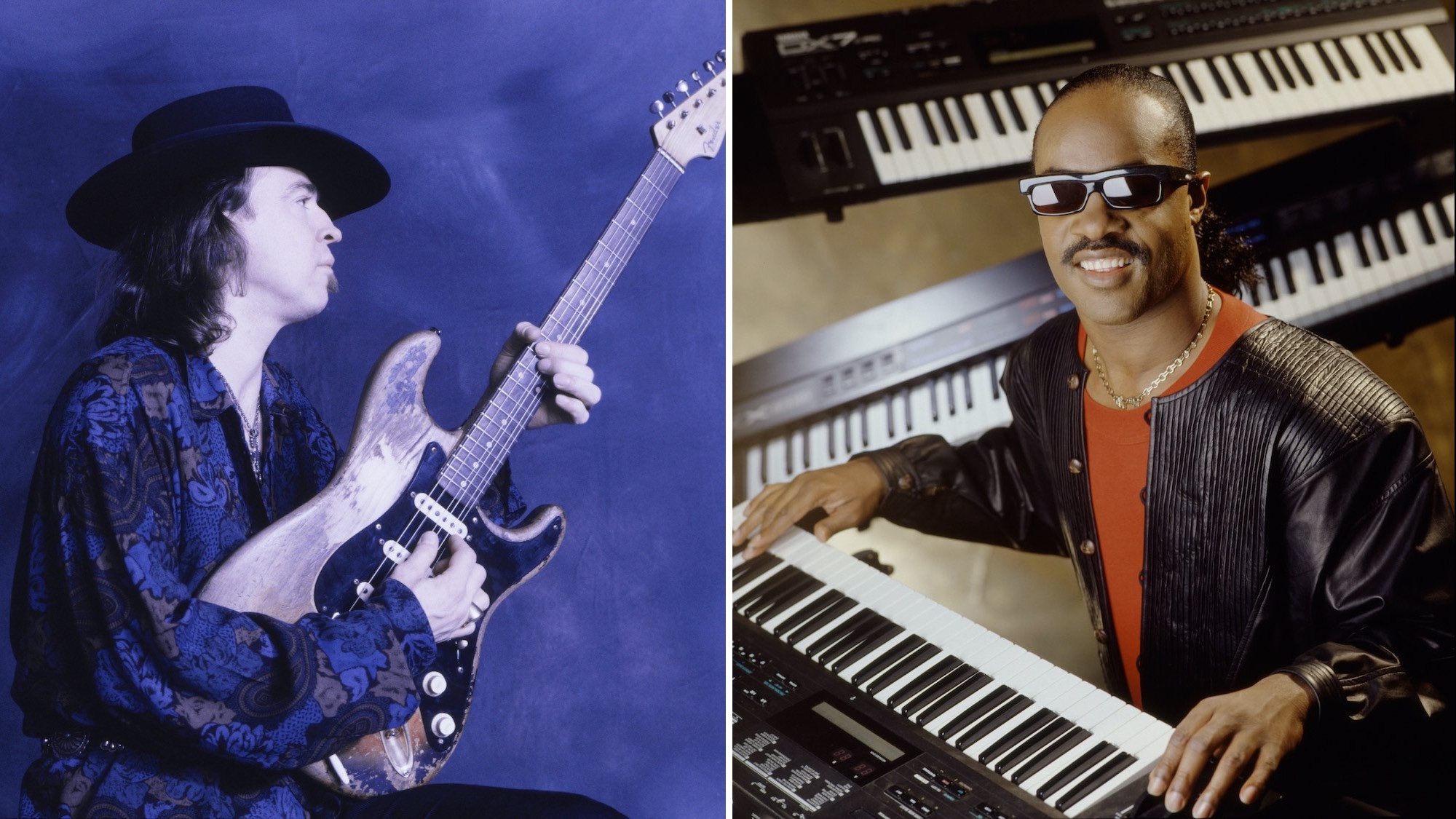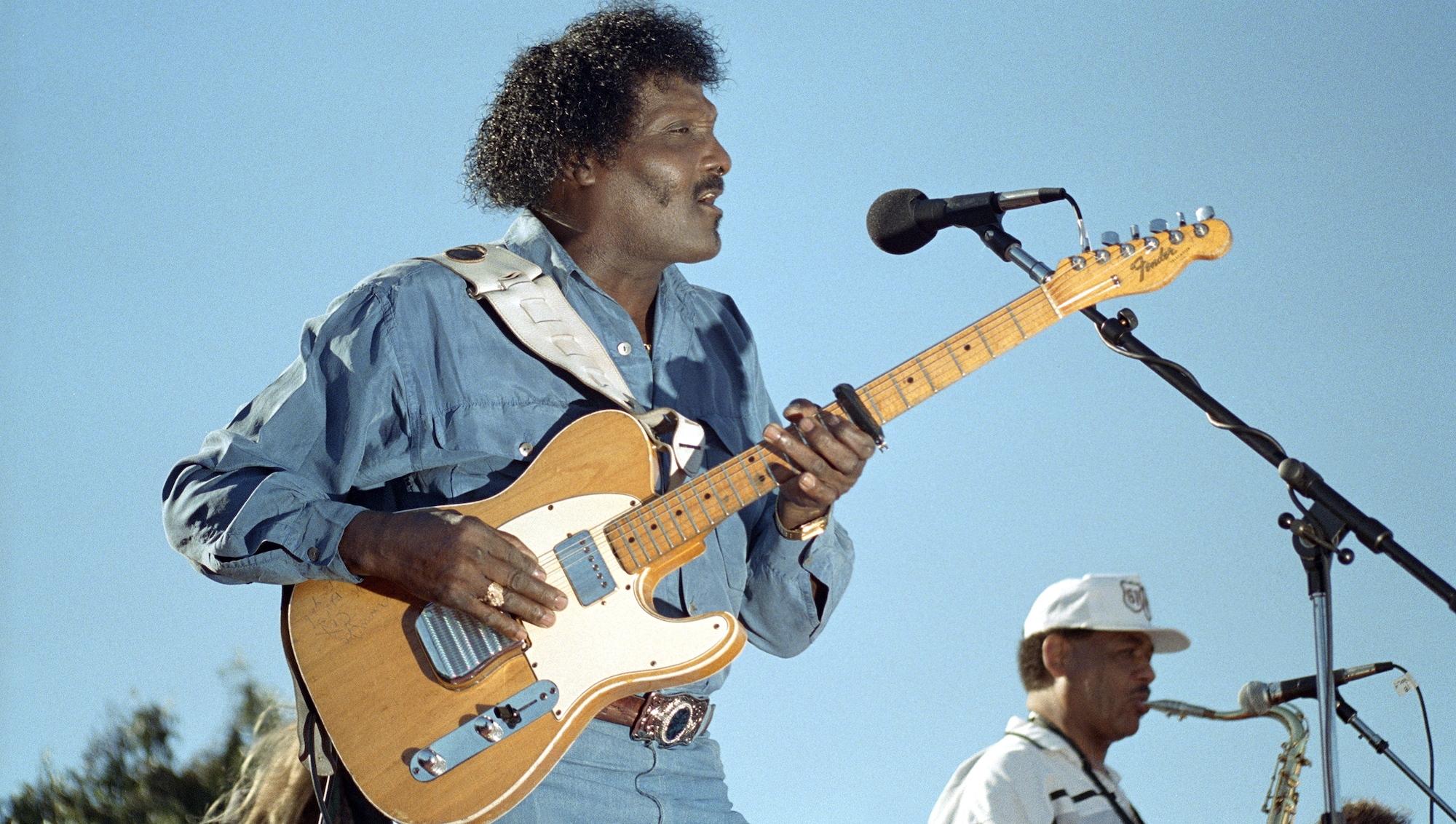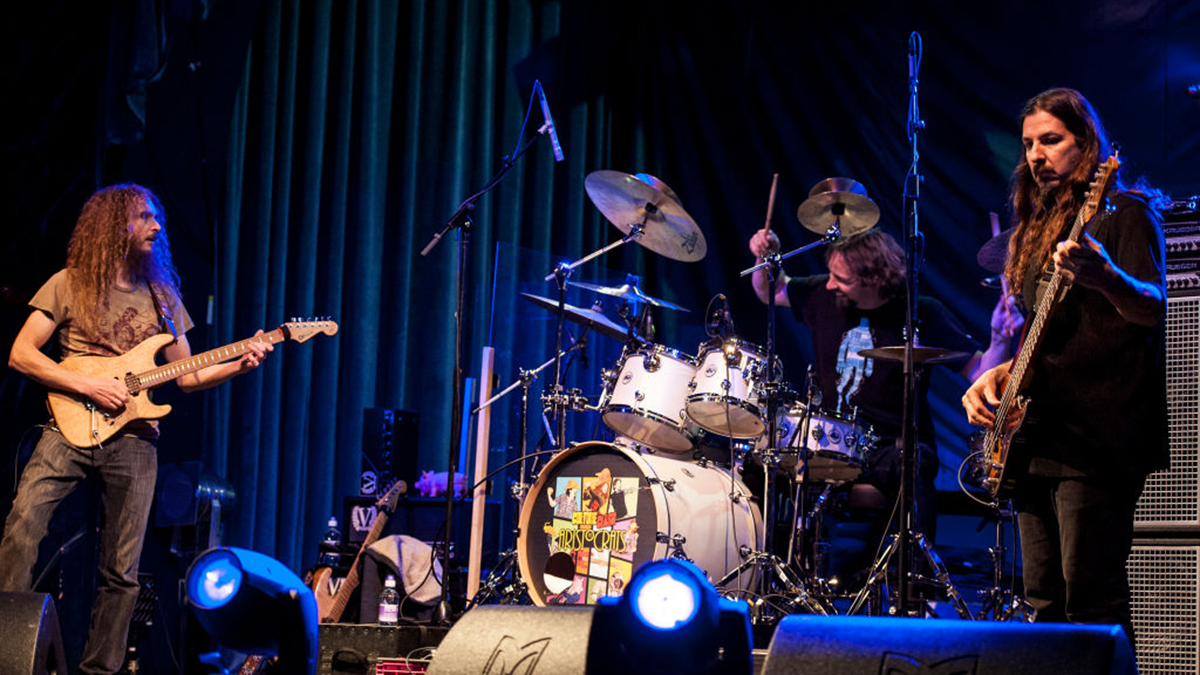“My rig broke on live TV. I started hitting it as hard as I could, but the bass would not break… so I threw it in the ocean”: L7’s Jennifer Finch on touring with Nirvana, gigging with Courtney Love and donating her Ghost bass to the Punk Rock Museum
The athletic low-end of Sub Pop’s only Los Angeles band signing, Finch reflects on how picking up an instrument sparks disruption, that iconic Reading Festival 1992 set and loaning Krist Novoselic her storied Ghost bass
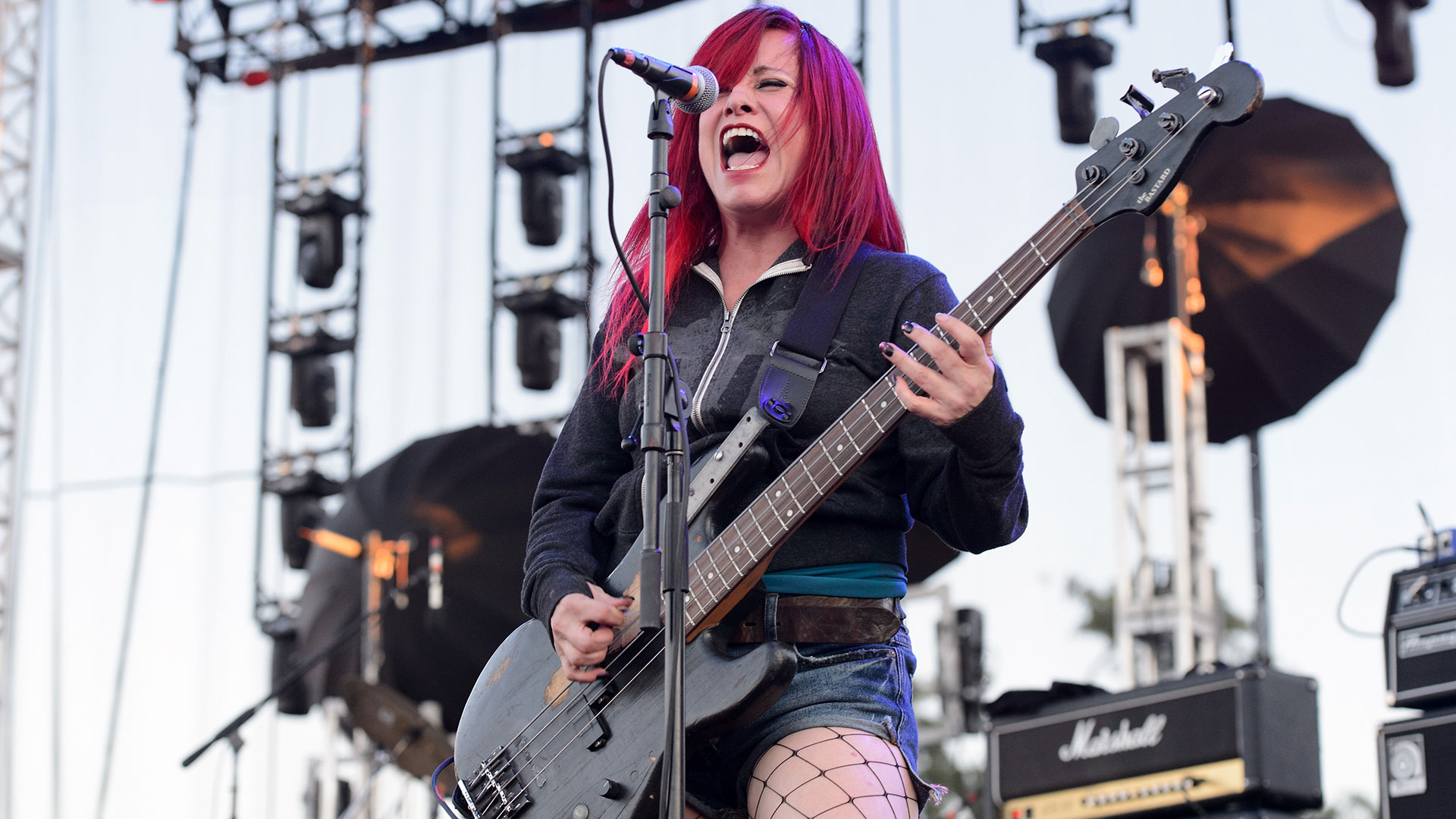
“My name is Jennifer Precious Finch and I have been servicing punk rockers, artsy types and queers since 1984,” begins the L7 bass player from her sunlit living room. But she needs no introduction – her name is etched alongside countless others in the punk rock rolodex.
As a longstanding pal of Courtney Love, Finch was recruited to join Sugar Babydoll alongside the future Hole leader and future Babes In Toyland founder Kat Bjelland. After releasing their 1990 sophomore Smell the Magic on Sub Pop, Finch travelled to England with L7 to open for Nirvana.
She founded the punk rock group The Shocker and quickly snatched up two Warped Tour appearances. She’s produced a Ramones tribute album and even performed Misfits karaoke numbers.
“I've become this Misfits expert – however, they're not my all-time, go-to favorite band!” she says. You’d be forgiven for thinking so if you’re familiar with her faithful Fender hybrid. She screen-printed the band’s Crimson Ghost image onto its body.
But like the roots of much of Finch’s decade-spanning work, the move was rooted in a sprinkling of chaos. “I'm about the disruption of being in a band having another band’s logo!” she laughs.
Your iconic Ghost bass is in The Punk Rock Museum in LA on a three-year loan. What kind of bass is it?
“It’s a hybrid between a Fender Jazz and a P-Bass. It’s lighter and balanced a bit differently. I’m athletic – a lot of learning to play bass was putting the instrument on, walking around the room and making sure it was an extension. It wasn’t just a thing I held.”
Get The Pick Newsletter
All the latest guitar news, interviews, lessons, reviews, deals and more, direct to your inbox!
Why did you decide to lend it to the museum?
“A thing happened: suddenly I was like, ‘Maybe I don't want to take the bass out and play it anymore.’ It's been with me on our Sub Pop record and our Bricks Are Heavy record. I don’t want it to go under glass but recently there were fires in Los Angeles and we were yellow-lit to leave.
“I was like, ‘Do I take this with me?’ There’s not a lot of room in an emergency to take these guitars; so that helped me make the decision.”
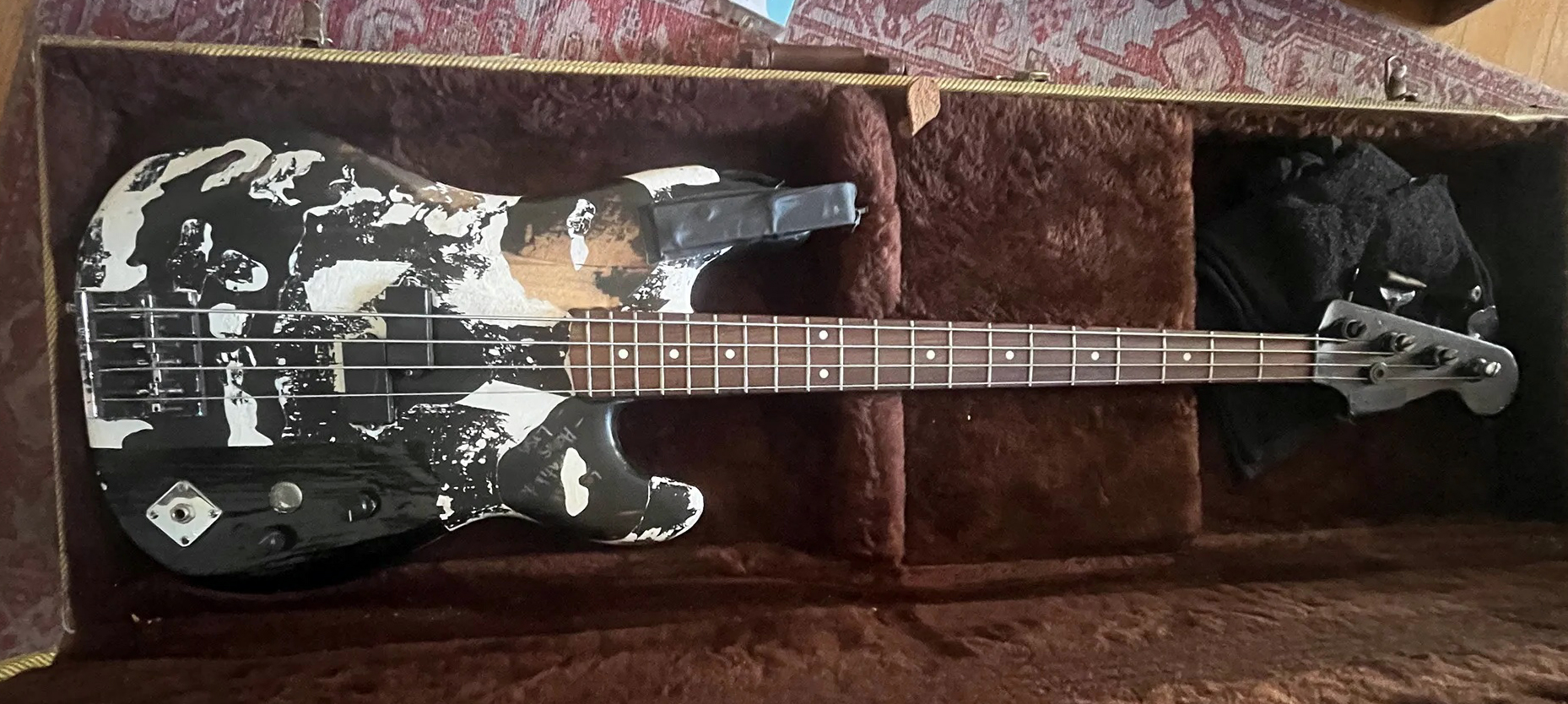
When did you first turn to bass as an instrument?
“I only lightly played bass – but when your friends Donita Sparks and Suzy Gardner come around and say, ‘We need a bass player,’ you learn to play! To me, bass is a response; it’s not an initiation. Sometimes in life we respond and sometimes we initiate. Bass is the opportunity to respond between the rhythm, tone and progression.
“One of my biggest fears is being revealed as not that great at bass. Technically, I know what I like – I want the bass to be explosive and hold down a bottom-end, but also to have overtone and drive. For years I played with a fuzzbox; it made it possible for me to play bass, because it was so giving. Over the years I’ve gotten better.”
You played bass with Sugar Babydoll in the mid-’80s with Courtney Love and Kat Bjelland. What was that like?
“I played guitar in that band – but again, they needed a bass player. My interest lies more in performance. I played in bands that would show up in parking garages with generators, drink beer and make noise. I'd been friends with Courtney forever. I met her on New Year's Eve, 1983, and knew she needed to be in a band. She was so good at writing.
“We already knew Kat was in the picture and a great creative partner for Courtney – although the tension was not good. They didn’t know how to work, compromise or respect each other.”
In a recent Guitar World interview, Donita said she once felt “there were so few female guitarists, so it seemed very punk to me to play guitar.” Which musicians were on your radar when it came to key basslines and hits?
“I’m from Los Angeles – there was no shortage of kick-ass female musicians, queer musicians and Black musicians. Everybody was rolling around the punk scene. I never thought, ‘Oh, I’m going to be disruptive and pick up an instrument!’ Donita grew up in Chicago, so her experience is different.
All I could think of doing was to take the bass and start hitting the rig as hard as I could. But it would not break!
“Part of my punk story is I missed all the good stuff. I came in in '81 so some of my favorite records were not iconic records. Public Image was one of my favorites – those baselines. And I’m always a fan of The Slits. I was into the energy and the disruption.”
L7 emerged in the late ’80s, lumped in with the grunge movement, as the only band from LA signed to Seattle’s Sub Pop. You performed alongside those peers on at the 1992 Reading Festival 1992. What happened?
“The L7 documentary, Pretend We’re Dead, speaks more to it than I can. It accumulates with a lot of context, seeing our peers accelerating, being accepted; and us – whether it was our music or our gender – being like, ‘Is this ever going to feel in flow?’
“The audience threw mud. Donita was flowing, so she popped out her tampon and threw her tampon back. It was a comic moment in rock ’n’ roll because no grunge guys could do that.”
What do you remember of performing with the Ghost on CANAL+’s Nulle Part Ailleurs show in 1995?
“There’s so much going on with that! We were disappointed with our record label for sending us to do the show, but not giving us equipment. My bass rig broke on live TV. All I could think of doing with my 21-year-old dumb-ass self was to take the bass and start hitting the rig as hard as I could. But it would not break!
“I’m not a quivering little Lily, so I was like, ‘You know what – I’m throwing it in the ocean!’ It landed straight up in the sand. They do a quick close-up. What you can’t see in the YouTube clips is that the actor Will Smith was standing on the sidelines with this crazy laugh, clapping his hands at me, like, ‘Great save!’”
Who else has interacted with the Ghost?
“When we toured with Nirvana they didn’t have a backup bass, so Krist Novoselic would often play mine for fun at soundcheck. He’s a very tall man with a very big bass – the Ghost is more compact and petite like me. When he talks about forgetting his instrument or something wouldn't be right, and he needed a bass, that was the Ghost.”
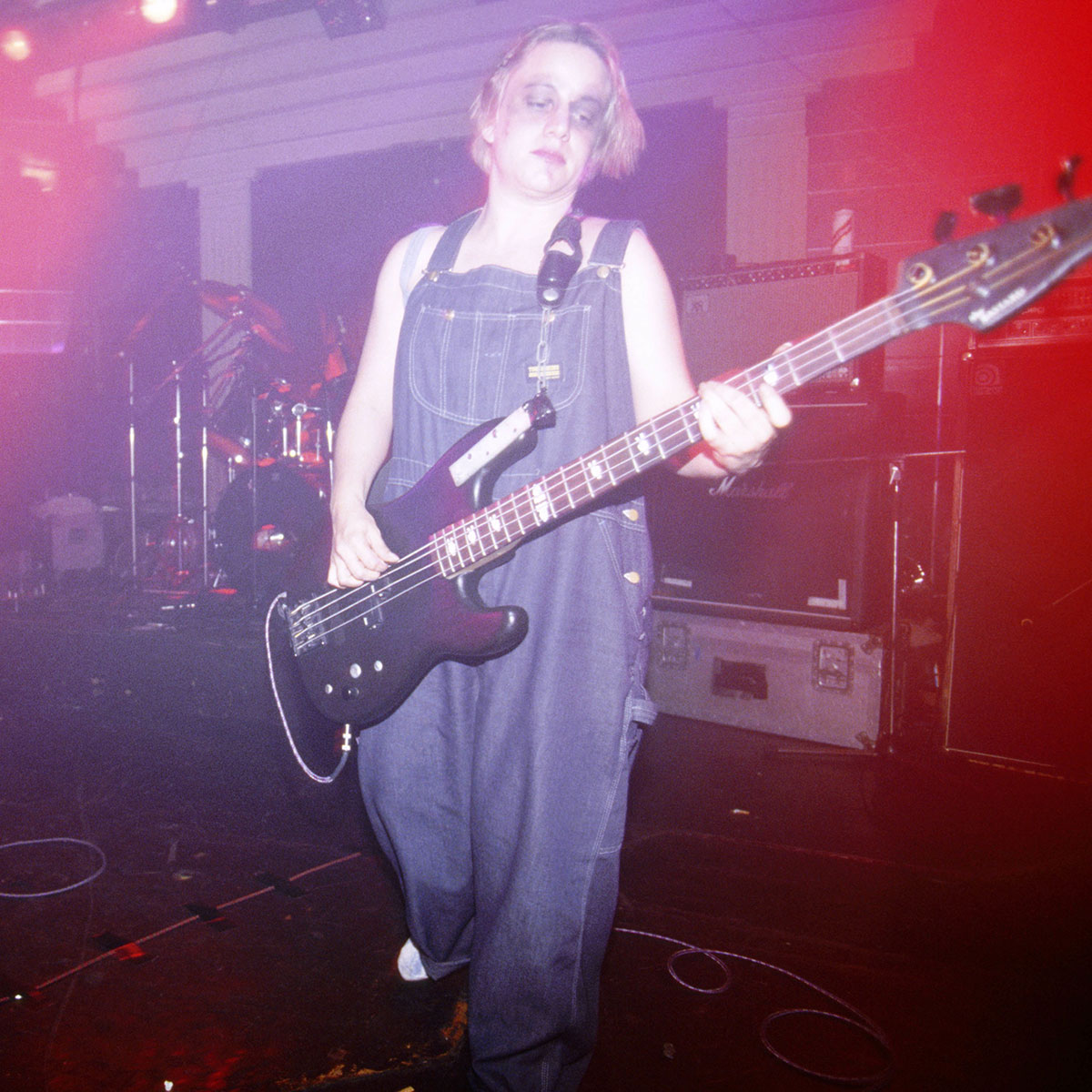
Are you a gear-obsessed player?
“I’m obsessed with not being a gear-obsessed player! I need less complication in my life. My theory is that L7’s sound person, or the sound person from the venue, is going to know the room. They’re going to know what role the bass needs to play in it.
“I don’t even play with a lot of onstage sound. It’s coming through the house. If we’re playing smaller clubs, the Ampeg Heritage SVT-810E is my sound.”
In 2017, L7 announced a European reunion tour. How was the bass?
“I never played it after I left L7 – when I pulled it out from the shed at the back of my house, I knew I’d messed up; I’d left batteries in its active pickup. I pulled it out and it was still in tune, and the battery, for whatever reason, hadn’t leaked after 10 years. This bass is magic!”
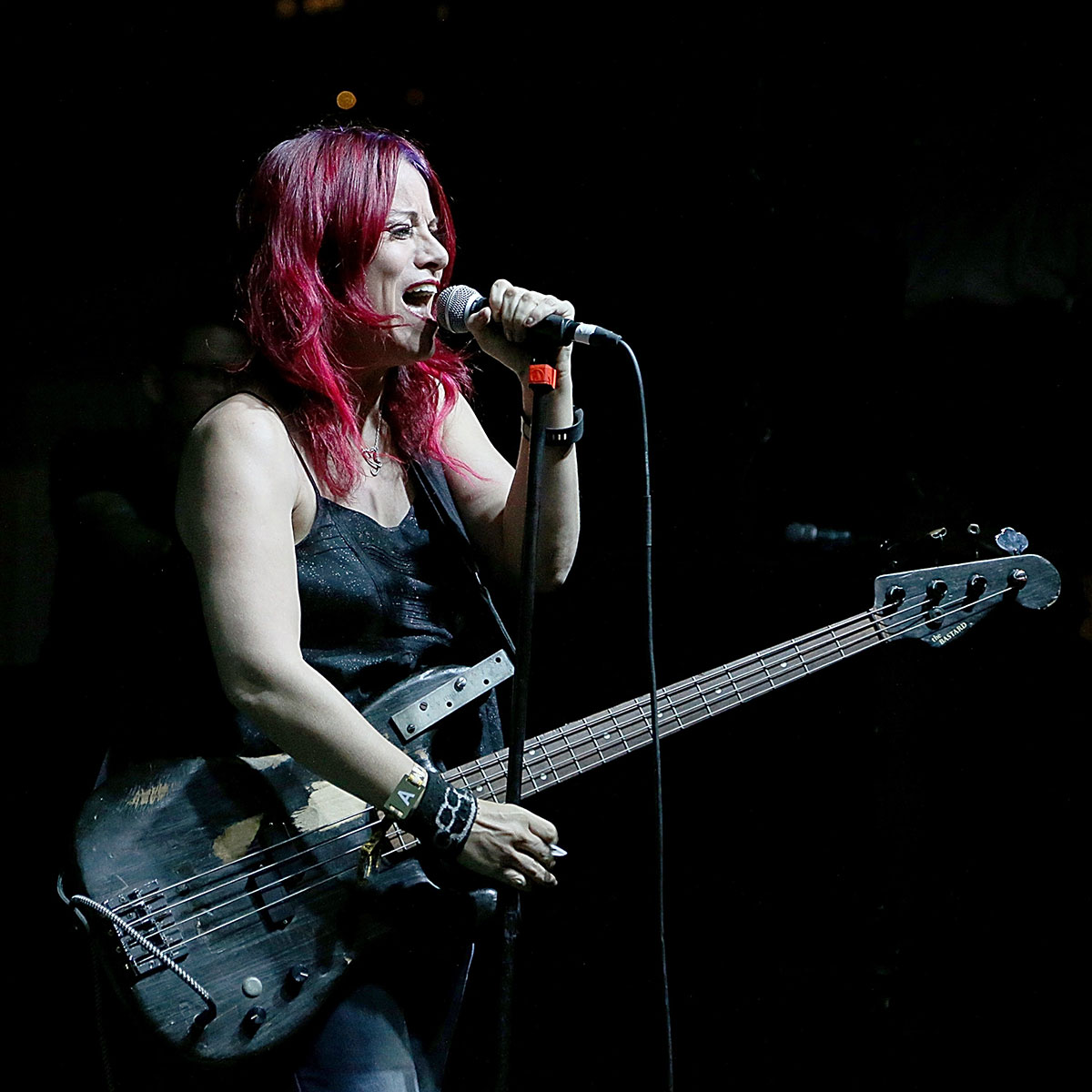
After four decades in the music business, how do you view yourself and your legacy?
“L7 ain’t over yet. I’m in my 50s now and we still get to be examples. But also we get to fail publicly in a way that we couldn’t do in our 20s. I’ve never felt directly responsible for anyone picking up a guitar – pick up your own fucking guitar! It’s a thing you gotta do or do not.
“I’m very heart-warmed when particularly women say, ‘Because of you, I got into politics’ or ‘I got my medical degree because of you.’ You know, fighting for housing rights, that’s awesome.”
- Finch’s Ghost bass can be seen in the Punk Rock Museum’s jam room.
Cheri Amour is a writer, editor and broadcaster intent on amplifying the voices of women and non-binary artists in print, online and on air. During her twenties, she played lead guitar in a touring two-piece, sharing the stage with The Slits and John Peel-approved punks The Nightingales. Formerly Deputy Editor at TGA Magazine, Cheri headed up its Tech section pouring over pedals with everyone to indie icon Debbie Smith (Echobelly/Curve) to multi-instrumentalist Katie Harkin (Sleater Kinney/Waxahatchee/Wye Oak). She's currently working on an upcoming 33 1/3 book on the unassuming influence of South Bronx sister troupe ESG, out in Spring 2023.
You must confirm your public display name before commenting
Please logout and then login again, you will then be prompted to enter your display name.
“When I first heard his voice in my headphones, there was that moment of, ‘My God! I’m recording with David Bowie!’” Bassist Tim Lefebvre on the making of David Bowie's Lazarus
“One of the guys said, ‘Joni, there’s this weird bass player in Florida, you’d probably like him’”: How Joni Mitchell formed an unlikely partnership with Jaco Pastorius
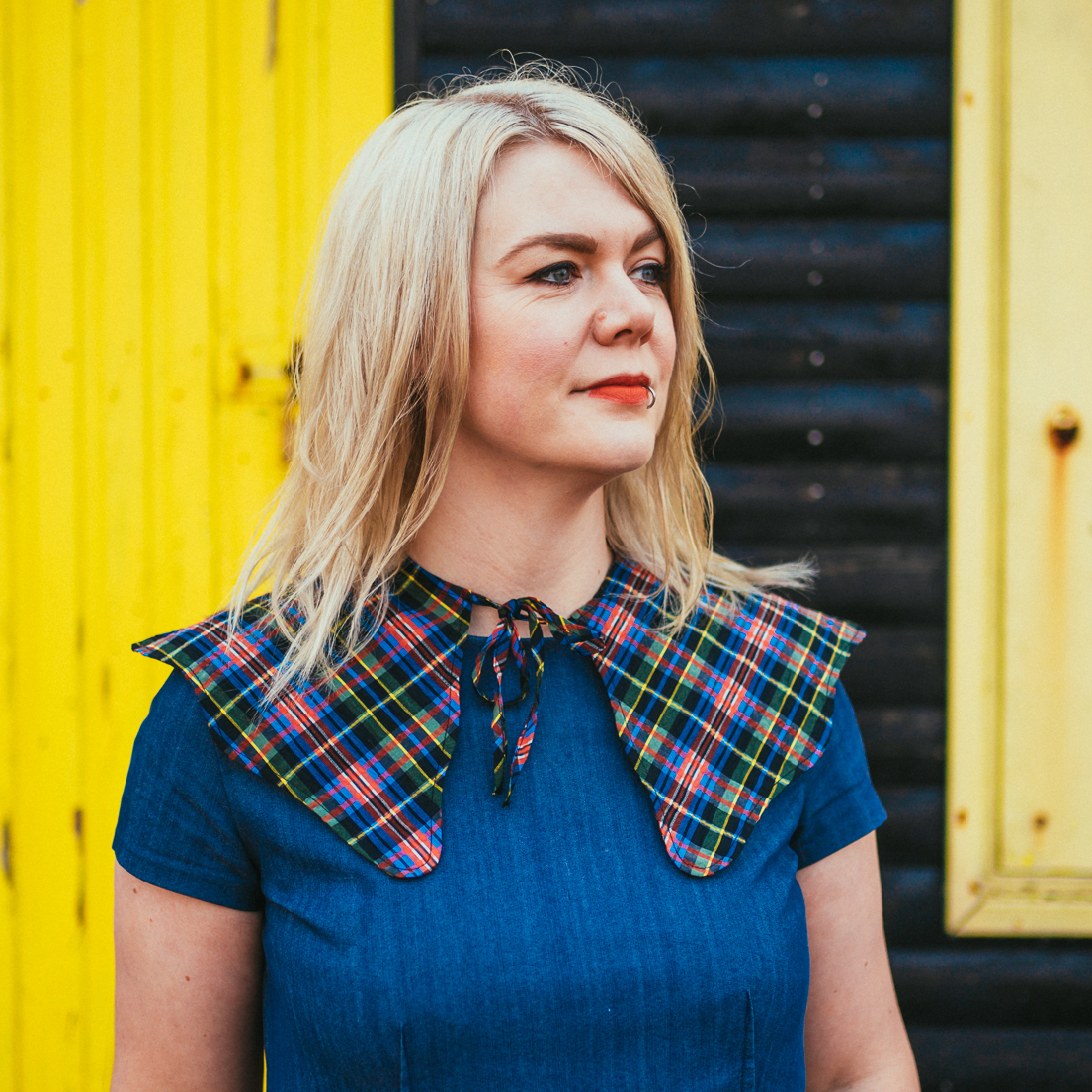
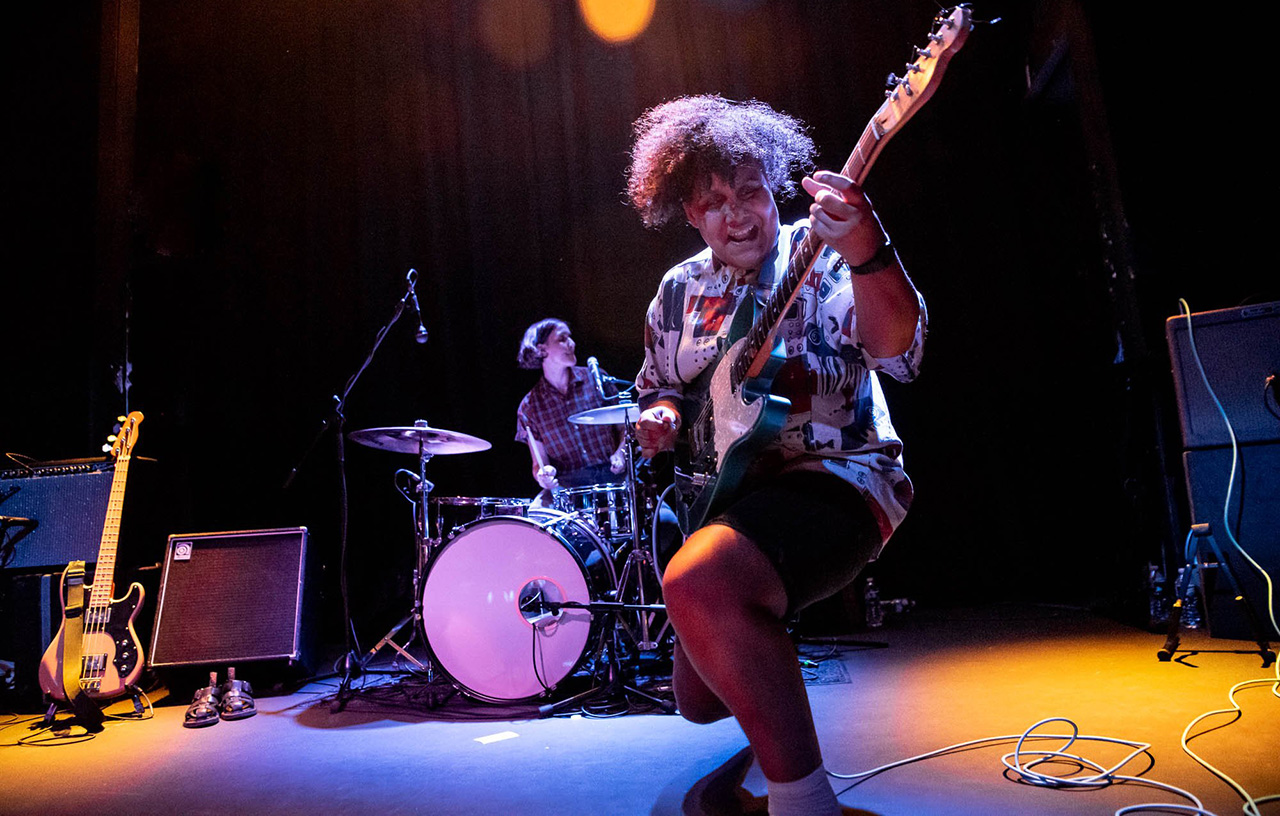
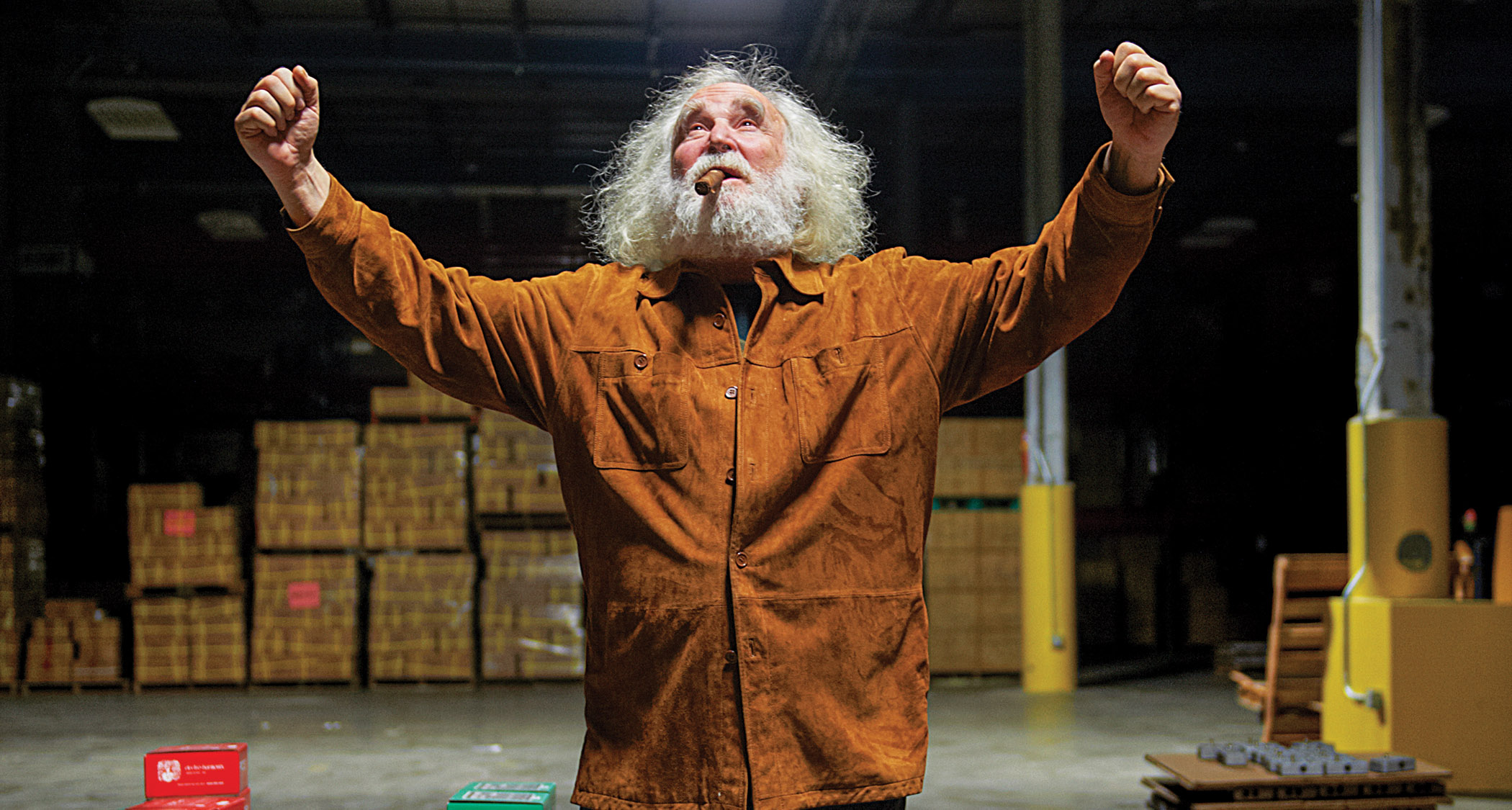
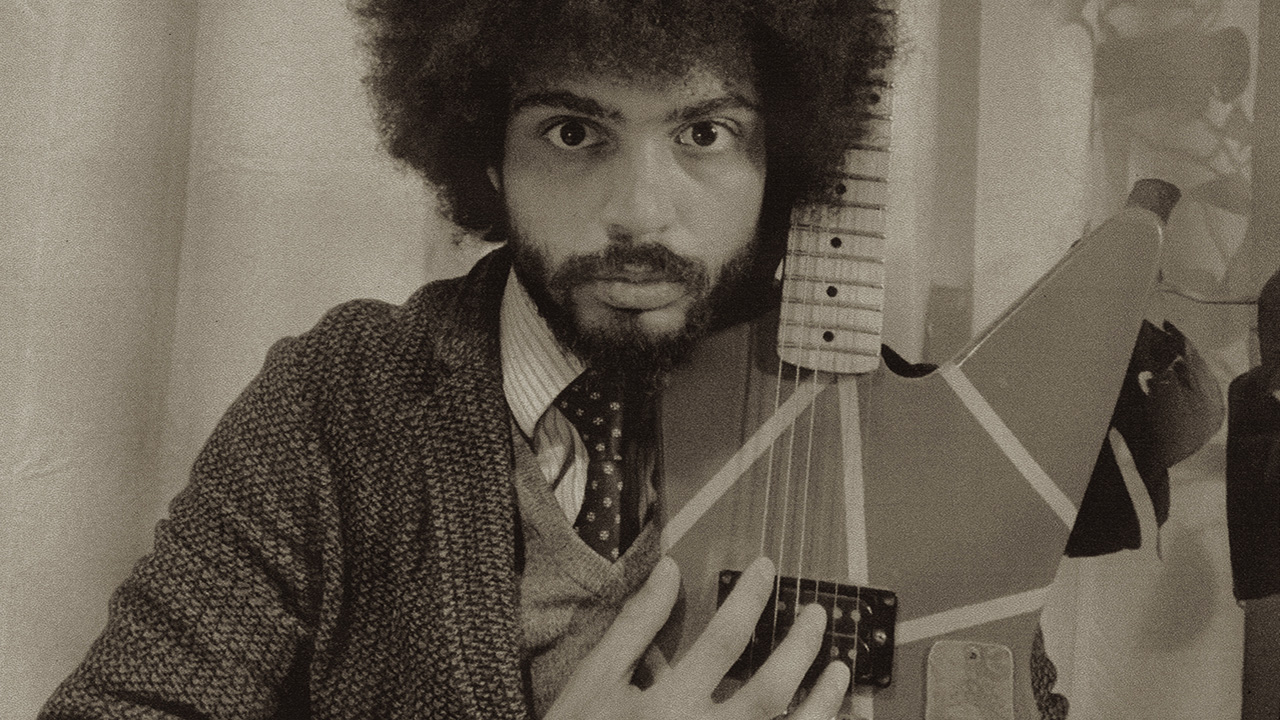
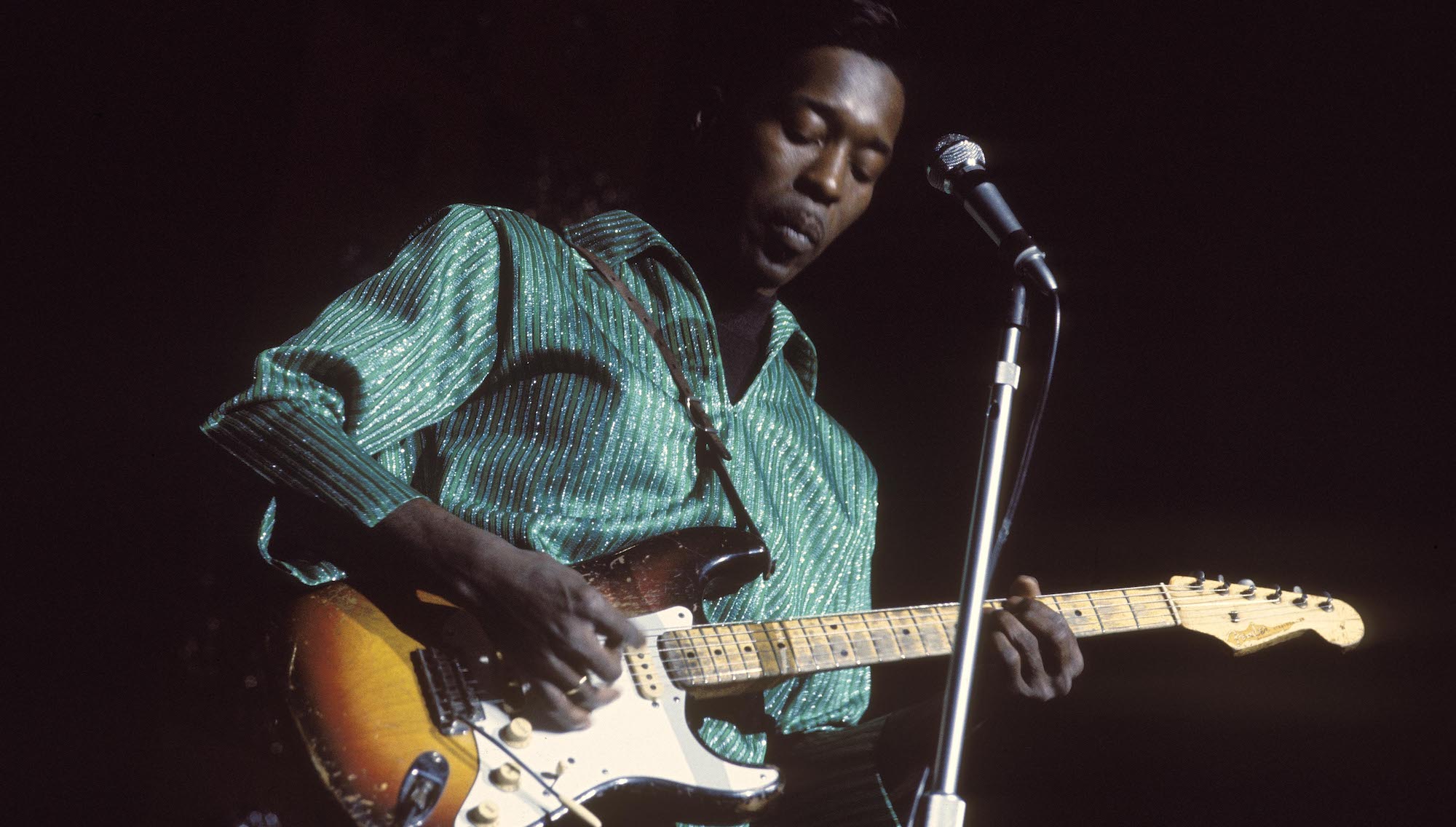
![[from left] George Harrison with his Gretsch Country Gentleman, Norman Harris of Norman's Rare Guitars holds a gold-top Les Paul, John Fogerty with his legendary 1969 Rickenbacker](https://cdn.mos.cms.futurecdn.net/TuH3nuhn9etqjdn5sy4ntW.jpg)
